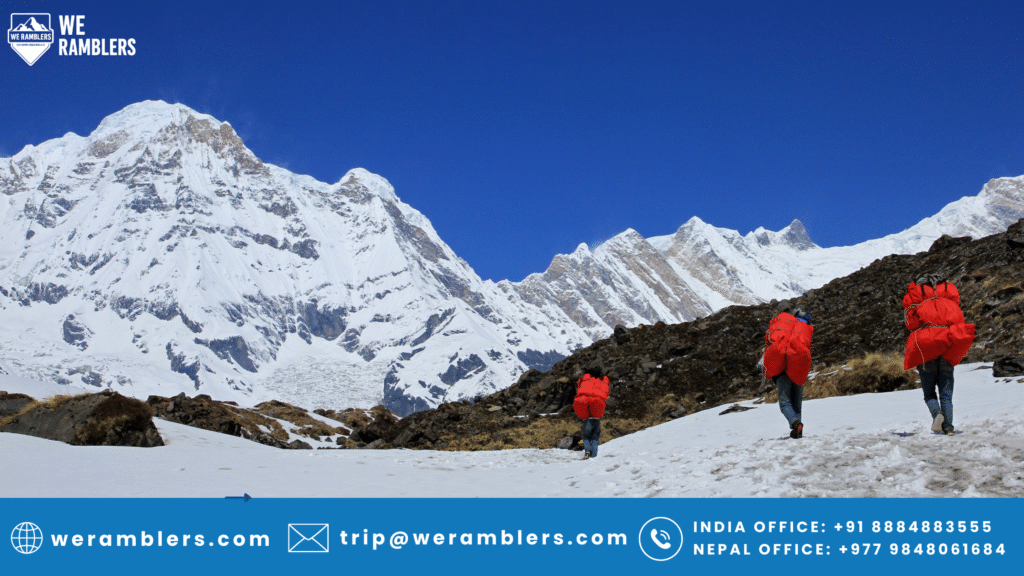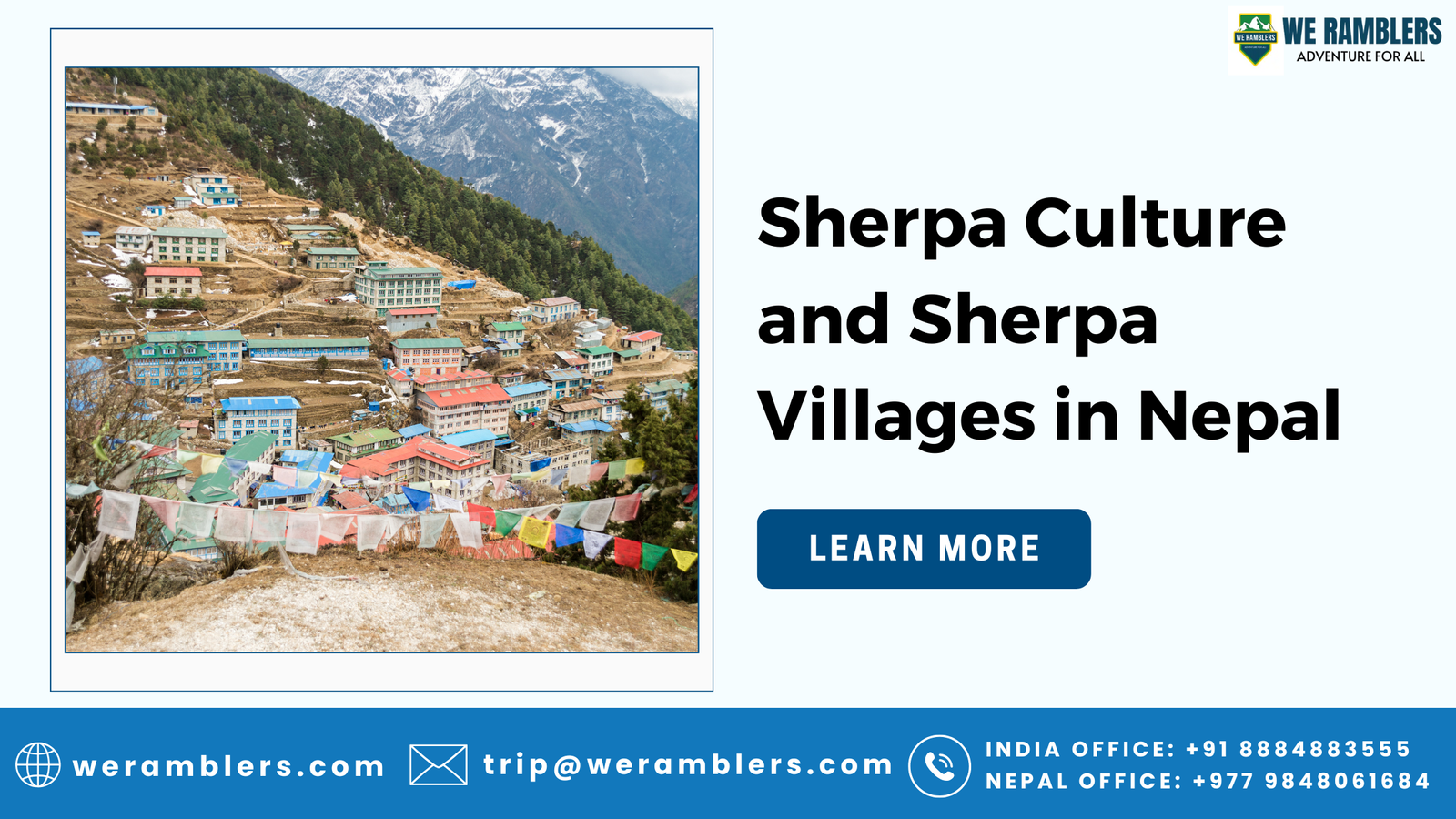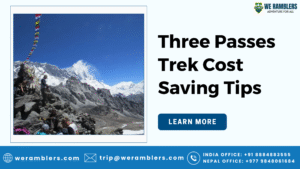Sherpa Culture and Sherpa Villages in Nepal: Traditions, History & Treks
The Sherpa people are among the most iconic communities of the Himalayas, known worldwide for their unmatched mountaineering skills, warm mountain hospitality, and deep-rooted Tibetan-Buddhist traditions. Living in the high-altitude regions of eastern Nepal, especially in the Solukhumbu district, Sherpas have preserved a culture that blends centuries-old rituals with the daily realities of life in one of the world’s most rugged environments.
Travelers arriving in Sherpa villages in Nepal are greeted by prayer flags fluttering against snow-capped peaks, intricately carved mani stones, and the rhythmic chanting from Buddhist monasteries. More than just a trekking stop, these villages are living museums of Himalayan heritage.
Origins & Cultural Heartland
The word Sherpa comes from the Tibetan term Shar Pa, meaning “Eastern People”, a reference to their ancestral migration from the eastern Kham region of Tibet to Nepal around the 15th century. Settling in the fertile valleys and highlands of the Solukhumbu region, Sherpas adapted their lives to the challenges of the Himalayan climate and terrain.
The Solukhumbu district, home to Mount Everest, remains the cultural heartland of the Sherpa people. Beyond Solukhumbu, Sherpa communities also live in Dolakha and Helambu, each with its own local variations in customs and traditions. These settlements have become not just hubs of cultural preservation but also gateways for trekkers seeking authentic experiences in the Everest region.
Language, Religion & Traditions of Sherpa People
The Sherpa language belongs to the Tibeto-Burman family, sharing similarities with Tibetan but retaining its own distinct dialects. While Nepali is also widely spoken, the Sherpa tongue remains a vital link to their identity.
Sherpa spiritual life is deeply connected to Tibetan Buddhism. Monasteries such as Tengboche, Pangboche, and Thame are spiritual and community centers where lamas lead prayers, conduct ceremonies, and teach Buddhist philosophy. Religious structures like chortens, mani walls, and prayer wheels are found throughout the villages, symbolizing peace and compassion.
Festivals are a vibrant part of Sherpa culture in Nepal. Mani Rimdu, celebrated in Tengboche Monastery, is a colorful festival combining dance, prayer, and masked performances. Gyalpo Losar, the Sherpa New Year, marks the arrival of spring with family gatherings, feasts, and cultural rituals.
Sherpa Adaptation & Mountaineering Legacy
Life at high altitudes demands exceptional endurance, and Sherpas are renowned for their physiological adaptations: efficient oxygen utilization, increased lung capacity, and resistance to altitude sickness. These traits, honed over generations, have made them indispensable in the history of Himalayan mountaineering.
Sherpas first gained global recognition when Tenzing Norgay Sherpa, alongside Sir Edmund Hillary, reached the summit of Mount Everest in 1953. In recent years, Kami Rita Sherpa has set the world record for the most Everest ascents, achieving 31 summits as of May 2025.
Their expertise extends beyond Everest; Sherpas have guided climbers on peaks across the Himalayan range, ensuring safety and success in some of the harshest conditions on Earth. This legacy has made the term “Sherpa” synonymous with mountain guide, though their culture encompasses far more than mountaineering.

Sherpa Villages to Explore
Exploring Sherpa villages in Nepal is like stepping into a living museum of Himalayan culture. Each village has its own unique identity, architecture, and connection to the Everest region.
1. Namche Bazaar
Known as the Sherpa capital, Namche Bazaar is a vibrant market town set in a natural amphitheater at 3,440 meters. It is the commercial hub of the Khumbu, offering everything from traditional handicrafts to trekking gear. Namche blends modern amenities with age-old Sherpa culture, and its panoramic views of Ama Dablam, Thamserku, and Everest are unforgettable.
2. Khumjung
Nestled in a green valley under the sacred peak of Khumbila, Khumjung is famous for the Hillary School, established by Sir Edmund Hillary. The village monastery is said to contain a relic believed to be a yeti scalp, adding a touch of mystery to the cultural charm.
3. Pangboche
The spiritual heart of the Khumbu, Pangboche is home to the region’s oldest monastery. Set against the backdrop of Ama Dablam, the village offers a serene atmosphere where trekkers can witness traditional Buddhist rituals and prayer ceremonies.
4. Phortse
Often overlooked by hurried trekkers, Phortse is a tranquil village known for producing some of Nepal’s most skilled mountaineers. Its stone houses, terraced fields, and breathtaking ridge views make it a photographer’s paradise.
5. Dingboche
At 4,410 meters, Dingboche is one of the highest permanently inhabited villages in Nepal. Surrounded by barley fields protected by stone walls, it serves as an acclimatization stop for trekkers heading to Everest Base Camp and Island Peak.
6. Thame
Located in a quiet valley off the main trekking route, Thame retains a traditional Sherpa character. Its centuries-old monastery hosts the annual Mani Rimdu Festival, drawing locals and visitors for days of masked dances and religious ceremonies.
7. Lukla
The gateway to the Everest region, Lukla is famous for its thrilling airstrip, one of the most challenging in the world. Beyond being a transit point, it offers charming guesthouses, local markets, and the warm welcome typical of Sherpa hospitality.
Visiting these Sherpa villages offers an authentic glimpse into life in the high Himalayas, where prayer flags, ancient monasteries, and snow-covered peaks frame a way of life built on resilience, community, and spiritual depth.
Popular Treks in the Sherpa Region
The Everest region is home to some of Nepal’s most spectacular trekking routes, many of which pass through Sherpa villages and offer authentic cultural encounters.
- Everest Base Camp Trek – The most famous trek, combining high-altitude adventure with cultural stops in Namche, Tengboche, and Pangboche.
- Three Passes Trek – A challenging circuit that includes the high passes of Kongma La, Cho La, and Renjo La.
- Khumjung & Khunde Loop – A shorter trek ideal for experiencing Sherpa life without extreme altitudes.
- Gokyo Lakes Trek – Known for its turquoise glacial lakes and panoramic views from Gokyo Ri.
Important Note: Since 2023, solo trekking is prohibited in Nepal. All trekkers must be accompanied by a certified guide, ensuring both safety and cultural respect.
Explore Sherpa Culture and Sherpa Villages in Nepal with We Ramblers
We Ramblers is a trusted adventure travel company specializing in immersive Himalayan treks. Partnering with certified guides, including experienced Sherpas, we offer cultural and adventure experiences that go beyond standard itineraries.
Their commitment to responsible tourism ensures that local communities benefit directly from trekking activities, while travelers enjoy safe, authentic journeys into the heart of Sherpa culture. From guided visits to remote villages to participation in traditional festivals, our team designs every itinerary to deepen your connection with the Himalayas.
Frequently Asked Questions (FAQs) about Sherpa Culture and Villages in Nepal
1. What are Sherpas famous for?
Sherpas are globally recognized for their high-altitude climbing expertise, deep Buddhist traditions, and warm hospitality.
2. Where do Sherpa people live?
Primarily in the Solukhumbu district of eastern Nepal, with communities in Dolakha and Helambu.
3. Do Sherpas only work as mountain guides?
No, Sherpas are also farmers, traders, monks, and artisans, contributing to their local economies and culture.
4. What language do Sherpas speak?
The Sherpa language, part of the Tibeto-Burman family, alongside Nepali.
5. What festivals do Sherpas celebrate?
Major festivals include Mani Rimdu and Gyalpo Losar, both deeply tied to their Buddhist faith.
Contact us today for any inquiries.





